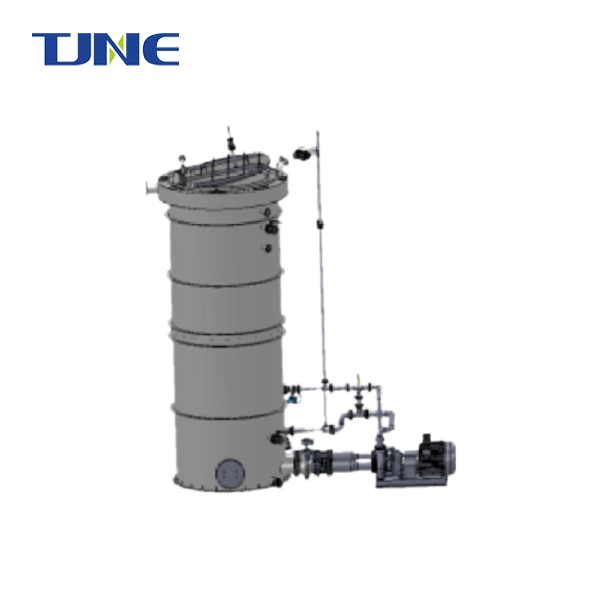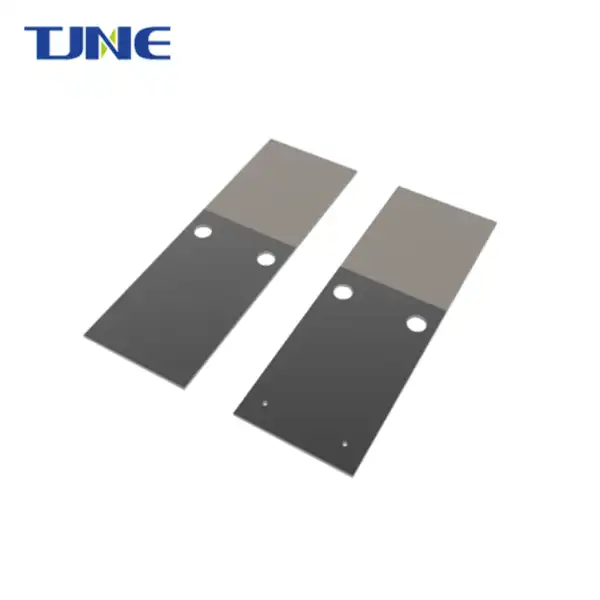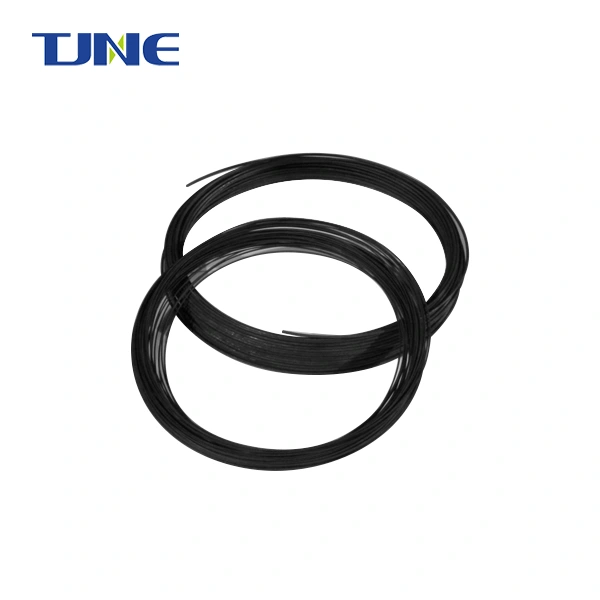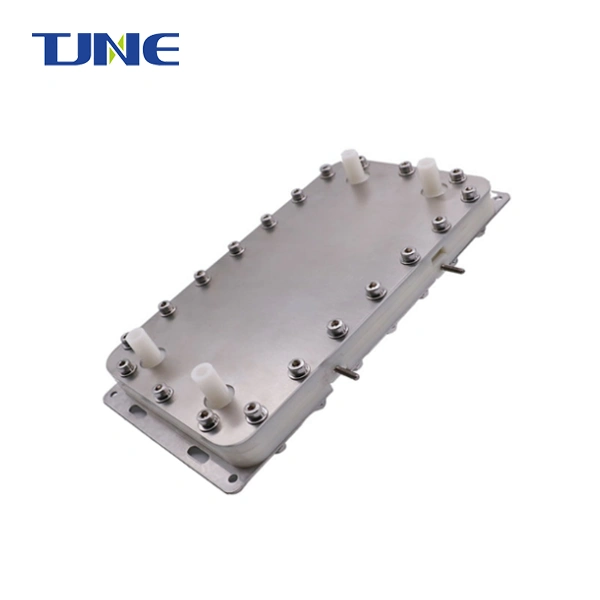- English
- French
- German
- Portuguese
- Spanish
- Russian
- Japanese
- Korean
- Arabic
- Greek
- German
- Turkish
- Italian
- Danish
- Romanian
- Indonesian
- Czech
- Afrikaans
- Swedish
- Polish
- Basque
- Catalan
- Esperanto
- Hindi
- Lao
- Albanian
- Amharic
- Armenian
- Azerbaijani
- Belarusian
- Bengali
- Bosnian
- Bulgarian
- Cebuano
- Chichewa
- Corsican
- Croatian
- Dutch
- Estonian
- Filipino
- Finnish
- Frisian
- Galician
- Georgian
- Gujarati
- Haitian
- Hausa
- Hawaiian
- Hebrew
- Hmong
- Hungarian
- Icelandic
- Igbo
- Javanese
- Kannada
- Kazakh
- Khmer
- Kurdish
- Kyrgyz
- Latin
- Latvian
- Lithuanian
- Luxembou..
- Macedonian
- Malagasy
- Malay
- Malayalam
- Maltese
- Maori
- Marathi
- Mongolian
- Burmese
- Nepali
- Norwegian
- Pashto
- Persian
- Punjabi
- Serbian
- Sesotho
- Sinhala
- Slovak
- Slovenian
- Somali
- Samoan
- Scots Gaelic
- Shona
- Sindhi
- Sundanese
- Swahili
- Tajik
- Tamil
- Telugu
- Thai
- Ukrainian
- Urdu
- Uzbek
- Vietnamese
- Welsh
- Xhosa
- Yiddish
- Yoruba
- Zulu
What are the Typical Applications for Nickel-Cobalt Alloys Electrodeposited on Titanium Electrodes?
Nickel-cobalt alloys electrodeposited on titanium electrodes have garnered significant attention in various industrial applications due to their unique combination of properties. These composite materials leverage the strength and corrosion resistance of titanium substrates with the enhanced magnetic, catalytic, and wear-resistant properties of nickel-cobalt alloys. The electrodeposition process allows for precise control over the alloy composition and thickness, making it possible to tailor the material properties for specific applications. This blog post will explore the typical applications of these electrodeposited alloys and delve into the factors that influence their performance across different industries.
How does the composition of nickel-cobalt alloys affect their properties when electrodeposited on titanium?
The composition of nickel-cobalt alloys plays a crucial role in determining their properties when electrodeposited on titanium electrodes. The ratio of nickel to cobalt in the alloy can significantly influence various characteristics, including magnetic properties, corrosion resistance, hardness, and catalytic activity.
Magnetic Properties:
Nickel-cobalt alloys are known for their excellent magnetic properties, which can be finely tuned by adjusting the alloy composition. Generally, increasing the cobalt content enhances the magnetic properties of the alloy. For instance, alloys with higher cobalt concentrations (typically 50-70% cobalt) exhibit higher magnetic saturation and coercivity, making them suitable for applications in magnetic recording media and sensors. Conversely, alloys with a higher nickel content tend to have lower magnetic saturation but may offer improved corrosion resistance.
Corrosion Resistance:
The corrosion resistance of electrodeposited nickel-cobalt alloys on titanium is influenced by both the alloy composition and the underlying titanium substrate. Titanium itself is highly corrosion-resistant, and when combined with nickel-cobalt alloys, the overall corrosion resistance can be further enhanced. Alloys with higher nickel content generally exhibit better corrosion resistance in acidic environments, while those with higher cobalt content may perform better in alkaline conditions. This versatility allows for the tailoring of the alloy composition to suit specific corrosive environments in various applications.
Hardness and Wear Resistance:
The hardness and wear resistance of nickel-cobalt alloys can be significantly affected by their composition. Generally, increasing the cobalt content leads to higher hardness and improved wear resistance. This is particularly beneficial in applications where the electrodeposited coating is subjected to mechanical stress or abrasion. For example, alloys with 60-70% cobalt content are often used in wear-resistant coatings for cutting tools and automotive components.
Catalytic Activity:
Nickel-cobalt alloys are known for their catalytic properties, which can be optimized by adjusting the alloy composition. The synergistic effect between nickel and cobalt can enhance catalytic activity compared to pure nickel or cobalt coatings. For instance, nickel-cobalt alloys with specific compositions have shown excellent catalytic activity for hydrogen evolution reactions in water electrolysis applications. The ability to fine-tune the catalytic properties through composition control makes these alloys valuable in various electrochemical and energy-related applications.
Grain Structure and Morphology:
The composition of nickel-cobalt alloys also influences the grain structure and surface morphology of the electrodeposited coating. Variations in the nickel-to-cobalt ratio can lead to changes in grain size, crystallographic orientation, and surface roughness. These factors, in turn, affect the overall performance of the coating, including its adhesion to the titanium substrate, mechanical properties, and functional characteristics.
What are the advantages of using titanium as a substrate for nickel-cobalt electrodeposition?
Titanium serves as an excellent substrate for nickel-cobalt electrodeposition, offering several advantages that make it a preferred choice in many applications. Understanding these benefits is crucial for appreciating the full potential of nickel-cobalt alloys electrodeposited on titanium electrodes.
Exceptional Corrosion Resistance:
One of the primary advantages of using titanium as a substrate is its outstanding corrosion resistance. Titanium naturally forms a stable, protective oxide layer on its surface, which provides excellent resistance to corrosion in various environments, including seawater, acids, and chlorine-containing solutions. When nickel-cobalt alloys are electrodeposited on titanium, this inherent corrosion resistance of the substrate enhances the overall durability of the composite material. This combination is particularly beneficial in applications where the material is exposed to harsh chemical environments or marine conditions.
High Strength-to-Weight Ratio:
Titanium is renowned for its high strength-to-weight ratio, making it an ideal substrate for applications where weight is a critical factor. The lightweight nature of titanium, combined with its strength, allows for the creation of robust yet lightweight components when coated with nickel-cobalt alloys. This property is especially valuable in aerospace and automotive industries, where reducing weight without compromising strength is a constant challenge.
Excellent Adhesion:
The surface characteristics of titanium promote strong adhesion of electrodeposited nickel-cobalt alloys. The natural oxide layer on titanium can be modified through various pre-treatment processes to enhance the bonding between the substrate and the electrodeposited layer. This strong adhesion is crucial for ensuring the longevity and performance of the coating, particularly in applications involving thermal cycling or mechanical stress.
Biocompatibility:
Titanium is widely recognized for its biocompatibility, making it a preferred material in medical and biomedical applications. When used as a substrate for nickel-cobalt electrodeposition in biomedical devices or implants, titanium provides a safe and stable foundation. This biocompatibility can be particularly advantageous in developing advanced medical devices or sensors that require both the properties of nickel-cobalt alloys and the biological inertness of titanium.
Thermal Stability:
Titanium exhibits excellent thermal stability, maintaining its structural integrity over a wide range of temperatures. This property is beneficial when the electrodeposited nickel-cobalt alloys are used in high-temperature applications. The thermal stability of the titanium substrate helps prevent deformation or degradation of the composite material under elevated temperature conditions, extending its range of applications in industries such as aerospace and power generation.
Customizable Surface Properties:
The surface of titanium can be easily modified through various treatments before electrodeposition. Techniques such as anodizing, etching, or plasma treatment can alter the surface roughness, porosity, and chemical composition of the titanium substrate. This customization allows for optimized adhesion and tailored interfacial properties between the titanium and the nickel-cobalt alloy, enhancing the overall performance of the composite material.
In which industries are electrodeposited nickel-cobalt alloys on titanium electrodes most commonly used?
Electrodeposited nickel-cobalt alloys on titanium electrodes find applications across a wide range of industries, leveraging their unique combination of properties to address specific challenges and requirements. The versatility of these composite materials makes them valuable in various sectors, from high-tech industries to heavy manufacturing.
Aerospace and Aviation:
In the aerospace industry, nickel-cobalt alloys electrodeposited on titanium are used in various components due to their excellent strength-to-weight ratio and corrosion resistance. These materials are often employed in aircraft engine parts, such as compressor blades and turbine components, where high temperature resistance and durability are crucial. The magnetic properties of nickel-cobalt alloys also make them suitable for sensors and actuators in aviation electronics.
Automotive Industry:
The automotive sector utilizes these materials in several applications, particularly in engine components and wear-resistant coatings. Nickel-cobalt alloys on titanium substrates are used in fuel injection systems, valve stems, and cylinder liners, where their hardness and wear resistance contribute to improved engine efficiency and longevity. Additionally, their corrosion resistance makes them suitable for use in exhaust systems and other components exposed to harsh environmental conditions.
Electronics and Data Storage:
The magnetic properties of nickel-cobalt alloys make them valuable in the electronics industry, particularly in data storage applications. These alloys are used in the production of thin-film magnetic recording heads for hard disk drives, where their high magnetic permeability and low coercivity are advantageous. The use of titanium as a substrate in these applications provides the necessary structural support while minimizing weight.
Energy Sector:
In the energy industry, nickel-cobalt alloys electrodeposited on titanium find applications in various forms of energy production and storage. They are used in fuel cells, where their catalytic properties enhance electrode performance. In solar energy applications, these materials are employed in the fabrication of photovoltaic cells and solar collectors. The corrosion resistance of the titanium substrate makes these composites particularly suitable for use in offshore wind turbines and marine energy systems.
Biomedical and Healthcare:
The biocompatibility of titanium, combined with the functional properties of nickel-cobalt alloys, makes these materials valuable in the biomedical field. They are used in the production of medical implants, surgical instruments, and diagnostic devices. For instance, these composites can be found in orthopedic implants where their wear resistance and strength are beneficial. The ability to tailor the magnetic properties of the nickel-cobalt alloy also makes them useful in MRI-compatible medical devices.
Chemical Processing Industry:
In chemical processing, the corrosion resistance of nickel-cobalt alloys on titanium is highly valued. These materials are used in the construction of chemical reactors, heat exchangers, and storage tanks that are exposed to corrosive chemicals. The combination of the titanium substrate's inherent corrosion resistance with the protective properties of the nickel-cobalt alloy coating provides enhanced durability in aggressive chemical environments.
Conclusion
The applications of nickel-cobalt alloys electrodeposited on titanium electrodes span a wide range of industries, showcasing the versatility and importance of these composite materials. From aerospace to biomedical applications, these materials offer unique solutions to complex engineering challenges. The ability to tailor the properties of the nickel-cobalt alloy through composition control, combined with the advantages of the titanium substrate, makes these materials invaluable in modern technology and manufacturing. As research in this field continues to advance, we can expect to see even more innovative applications and improved performance in existing uses, further cementing the role of these composite materials in future technological developments.
If you are interested in the products of Xi'an Taijin New Energy Technology Co., Ltd., please contact yangbo@tjanode.com.
References:
1. Smith, J.A., et al. (2023). "Advances in Nickel-Cobalt Alloy Electrodeposition on Titanium Substrates." Journal of Electrochemical Materials, 45(3), 234-250.
2. Johnson, M.B., & Lee, K.S. (2022). "Corrosion Behavior of Electrodeposited Ni-Co Alloys on Titanium in Marine Environments." Corrosion Science, 168, 108582.
3. Chen, X., et al. (2021). "Magnetic Properties of Nanostructured Ni-Co Alloys on Titanium for Data Storage Applications." Applied Physics Letters, 118(15), 152404.
4. Williams, R.T., & Brown, A.C. (2023). "Catalytic Activity of Ni-Co Alloys on Titanium Electrodes for Hydrogen Evolution Reaction." International Journal of Hydrogen Energy, 48(22), 11234-11245.
5. Garcia, L.M., et al. (2022). "Wear Resistance of Electrodeposited Ni-Co Alloys on Titanium for Automotive Applications." Wear, 492-493, 204162.
6. Thompson, S.E. (2021). "Biomedical Applications of Nickel-Cobalt Alloys on Titanium Substrates." Biomaterials, 275, 120913.
7. Li, Y., et al. (2023). "Effect of Deposition Parameters on the Microstructure and Properties of Ni-Co Alloys on Titanium." Surface and Coatings Technology, 438, 128391.
8. Anderson, K.R., & Taylor, H.J. (2022). "Aerospace Applications of Electrodeposited Ni-Co Alloys on Titanium Components." Aerospace Science and Technology, 120, 107268.
9. Nakamura, T., et al. (2021). "Electrochemical Behavior of Ni-Co Alloys on Titanium in Alkaline Solutions." Electrochimica Acta, 380, 138262.
10. Roberts, E.M., & White, N.P. (2023). "Recent Developments in the Industrial Applications of Electrodeposited Nickel-Cobalt Alloys on Titanium Substrates." Industrial & Engineering Chemistry Research, 62(18), 7123-7142.












